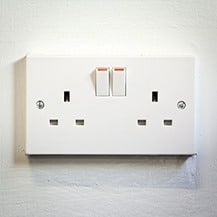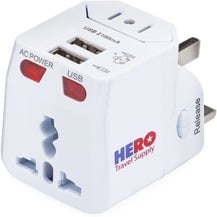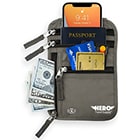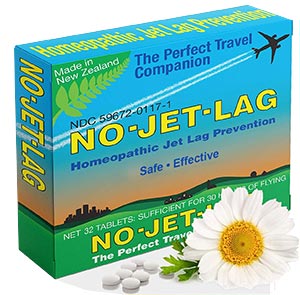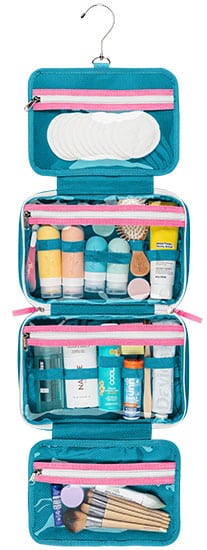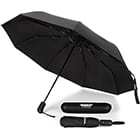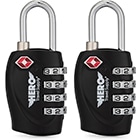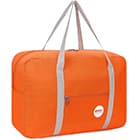Singapore is an outlier in low-cost, backpacker-friendly Southeast Asia. The tiny city-state is extremely developed (the only place in the region where you can safely drink the tap water) and exceedingly organized, which makes it a fairly straightforward travel destination.
Foreign travelers, though, will need a power adapter in order to plug in electronic devices there. So make sure you pack one along with your phone, laptop, camera, and Kindle, along with the right equipment to ensure your favorite devices don’t become damaged. We’ll also cover some must-have items for Singapore to enhance your travels.




